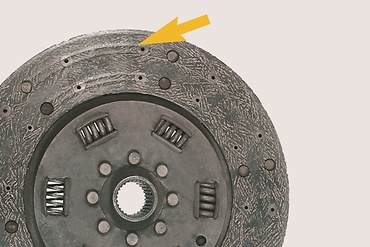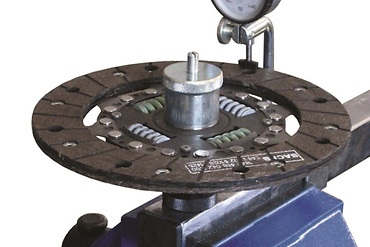As the link between the engine and transmission, the clutch is responsible for transferring the engine's torque to the road. The service life of this wearing part depends on a variety of factors – among others the driver's shifting characteristics. A worn or defective clutch cannot be repaired, but has to be replaced at a specialist workshop.
How-to-guide
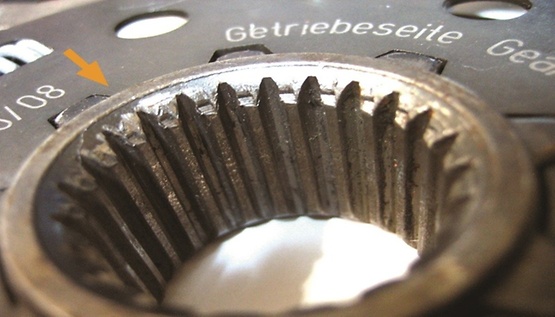
Replacing the clutch of a manual transmission so expertly that the gears can be shifted again perfectly is mere routine for an automotive technician or mechanic.
However, as manufacturer analyzes of some clutches that are subject to complaint show, there are exceptions in certain cases. In these cases, the damage pattern proves that observing only a few decisive instructions when replacing clutches mostly means that a lot of time and high costs can be saved and unhappy customers can be avoided.
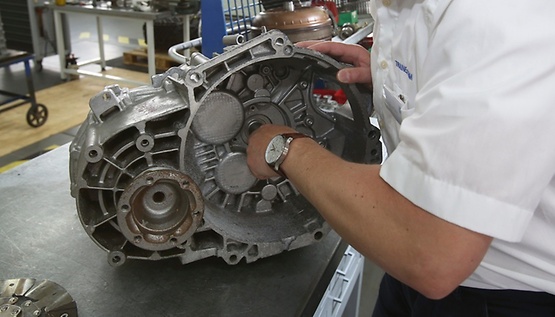
Prior to installing a new clutch, you have to clean the inside of the bell housing as well as all components of the clutch actuation system, e.g. the clutch release fork, the guiding sleeve for the clutch release bearing, and also the transmission input shaft including the multi-gear spline. This is the only way to identify potential signs of wear on these parts which adversely affect the release behavior of the new clutch. If such signs are identified, the described components must be replaced as well.
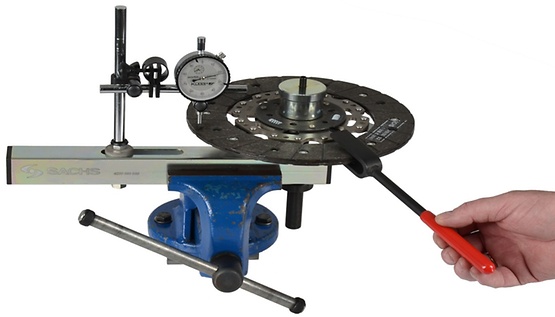
Spare parts from manufacturers of proprietary goods are carefully produced according to state-of-the-art production standards. However, particularly precision components such as clutches may be damaged due to improper handling during transport to the workshop. The packaging condition is a first indication.
Therefore, an axial runout test of the clutch disk should be performed before you replace a clutch, even if this is not suggested in the service plan. Since clutch actuation is a very precise process, the facings' axial runout must not be significantly above 0.5 millimeters. Otherwise, shifting is very difficult or entirely impossible.
Precisely centering the clutch disk before it is pressed by the pressure plate makes transmission installation much smoother. The risk of damage to the hub spline is minimized.
The tolerance between transmission input shaft and the hub spline is only a few hundredths of a millimeter. Even minimal deformation during insertion of the transmission input shaft reduces the mobility that is required later for declutching.

Before installation, even specially coated hub splines should be greased with a light coat of SACHS high-performance grease. This assures the clutch's main functions. Brushes or toothbrushes, for example, are suitable tools for this. In order to avoid clutch judder, excess lubricant must always be removed and the clutch linings must be kept perfectly clean. For this reason, we recommend to additionally clean the friction surfaces of the flywheel and the pressure plate.
As in many other areas, the same is true when replacing a clutch: Investing just a tiny bit more at the start pays off many times over at the end.
ZF Aftermarket product range
Discover the complete portfolio of clutch systems in our product catalog.
